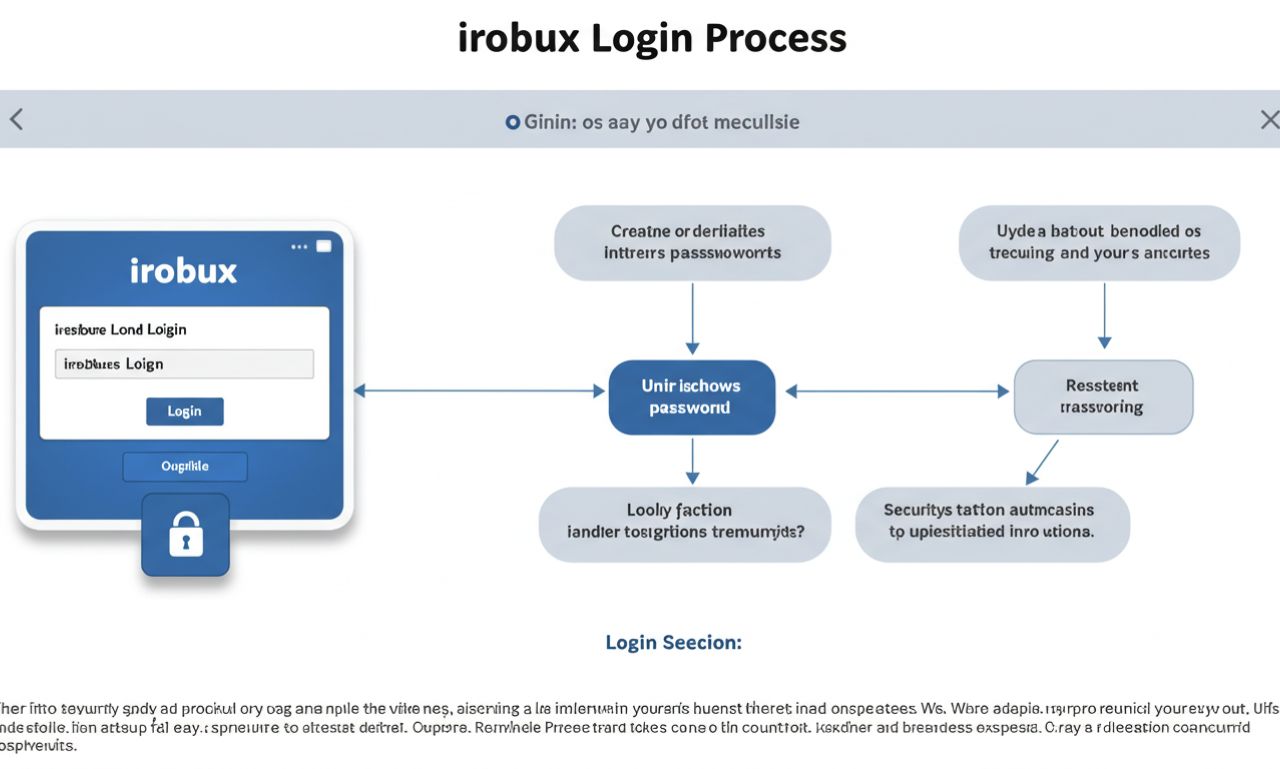The imperative of scalable data platforms cannot be overstated in an age when organizations generate petabytes of information daily. Legacy systems struggle to ingest, process, and analyze high-velocity streams or large file collections as data volumes grow. Without a flexible infrastructure, analytics pipelines become brittle. Performance degrades and costs spiral out of control, undermining strategic initiatives.
Big data analytics services provide the foundation for growth by offering managed platforms, elastic compute, and storage options designed to expand with demand. These services enable teams to focus on deriving insights rather than maintaining infrastructure. They also deliver best practices baked into the platform, reducing time-to-value and ensuring that data engineers and analysts can scale their work seamlessly.
Designing a Flexible Architecture
Choosing Between Data Lakes, Warehouses, and Hybrid Models
A clear decision between data lakes, data warehouses, or hybrid architectures shapes future scalability. Data lakes excel at storing raw, unstructured data from varied sources. Data warehouses optimize structured, curated data for fast query performance. Hybrid models combine both: raw data lands in a lake, then selected datasets move into a warehouse. Big data analytics services often support both paradigms in a single environment, allowing teams to adopt a best-fit approach.
Decoupling Storage and Compute for Elasticity
Decoupling storage from compute enables independent scaling of each component. When workloads spike, additional compute nodes can spin up without duplicating storage volumes. Conversely, storage capacity can expand without idle compute costs. Managed big data analytics services implement this separation, offering serverless compute or on-demand clusters that scale elastically, ensuring performance without manual intervention.
Network Considerations and Throughput Optimization
Network performance plays a critical role when moving large datasets between storage and compute. High-throughput, low-latency networks reduce data transfer bottlenecks. Techniques such as data locality processing data near its storage location further improve efficiency. Big data analytics services typically provide optimized networking options and regional data centers, enabling teams to architect high-performance pipelines that meet stringent service-level objectives.
Leveraging Managed Big Data Analytics Services
Benefits of Cloud-Native Clusters and Serverless Platforms
Cloud-native clusters, such as managed Spark or Kubernetes services, deliver turnkey environments for batch and streaming jobs. Serverless platforms abstract cluster management entirely, charging only for executed queries or function calls. Both models free teams from provisioning servers, applying patches, or tuning parameters. Big data analytics services integrate these options, empowering organizations to choose the model that aligns with their workload patterns and cost constraints.
Auto-Scaling Features in Leading Services
Built-in auto-scaling features monitor resource utilization and spin up or down based on predefined policies. For example, when concurrent queries exceed a threshold, the platform adds compute nodes to reduce queue times. Once the workload subsides, nodes retire automatically. These capabilities ensure that analytics jobs run efficiently while controlling cloud spend. Providers of big data analytics services expose intuitive interfaces for configuring auto-scaling parameters, simplifying governance.
Comparing AWS EMR, Google BigQuery, Azure Synapse, and Databricks
Leading platforms each offer unique strengths. Amazon EMR provides flexible instance types and deep integration with AWS storage services. Google BigQuery excels at serverless data warehousing with lightning-fast ANSI SQL queries. Azure Synapse unifies data integration, warehousing, and analytics in a single service. Databricks delivers optimized Apache Spark clusters with collaborative notebooks and ML frameworks. Organizations should evaluate these offerings against their data models, skill sets, and performance requirements. Big data analytics services often support multi-cloud deployments, allowing teams to leverage the best features across providers.
Building Robust Data Pipelines
ETL Versus ELT Approaches at Scale
Extract-Transform-Load (ETL) moves data through transformation layers before loading it into a target system, ensuring cleanliness but increasing latency. Extract-Load-Transform (ELT) loads raw data into scalable storage first, then applies transformations for faster ingestion. ELT aligns naturally with cloud storage and serverless compute paradigms. Big data analytics services support both approaches, enabling architects to choose based on data freshness requirements and processing complexity.
Workflow Orchestration with Tools like Airflow and Prefect
Complex pipelines require orchestration frameworks to schedule and monitor jobs. Apache Airflow and Prefect provide directed acyclic graph support, retry policies, and alerting mechanisms. They integrate seamlessly with big data analytics services via connectors and operators. By centralizing pipeline management, organizations ensure reliability, maintain clear dependencies, and enable rapid debugging when jobs fail.
Monitoring, Alerting, and Observability Best Practices
End-to-end observability spans job performance, resource utilization, and data quality metrics. Real-time dashboards display throughput, error rates, and latencies. Alerting systems notify engineers when thresholds are breached or when data anomalies appear. Big data analytics services offer built-in monitoring agents or integrate with third-party tools such as Prometheus and Grafana. Consistent monitoring ensures pipelines remain healthy and that incidents receive prompt attention.
Ensuring Data Quality and Governance
Implementing Data Lineage and Metadata Management
Understanding data lineage helps track the origins of each dataset and the transformations it undergoes. Metadata management tools catalog schemas, data owners, and usage patterns. Big data analytics services incorporate lineage tracking and unified catalogs, enabling compliance with data regulations and fostering trust among analytics consumers.
Automated Data Validation and Cleansing Frameworks
Automated validation frameworks enforce rules such as schema checks, null value detection, and outlier identification. Cleansing routines apply transformations to correct formatting issues or standardize codes. By integrating these frameworks into pipelines, organizations maintain high data quality without manual intervention. Big data analytics services provide libraries and visual interfaces to define and manage validation rules at scale.
Security, Compliance, and Access Controls
Data governance policies enforce encryption at rest and in transit, role-based access controls, and audit logging. Compliance requirements such as GDPR or HIPAA demand strict controls over sensitive data. Big data analytics services build these features into the platform, allowing administrators to define access policies at the dataset, table, or column level. Comprehensive logging supports audits and forensic investigations.
Performance Optimization Strategies
Partitioning, Sharding, and Cluster Sizing
Effective partitioning of tables by time or key ensures that queries scan minimal data. Sharding distributes data across multiple clusters or nodes, balancing load during high concurrency. Right-sized clusters match node count and instance types to typical workloads. Big data analytics services often recommend optimal partition sizes and cluster configurations based on historical query patterns, automating much of the tuning process.
Indexing, Caching, and In-Memory Techniques
Indexes accelerate search operations on large tables. Materialized views provide precomputed results for frequent queries. In-memory caches store hot datasets for subsecond access. Big data analytics services integrate caching layers and index management into their platforms, enabling subsecond analytics on terabyte-scale data.
Query Tuning and Cost-Based Optimizers
Advanced query optimizers analyze statistics to select efficient execution plans. Organizations can guide optimizers with hints or by rewriting queries for better performance. Big data analytics services maintain up-to-date table statistics and expose explain plans, helping engineers refine SQL and reduce query times.
Cost Management and Efficiency
Rightsizing Compute and Storage Resources
Continuous analysis of usage metrics identifies underutilized instances and idle storage volumes. Rightsizing recommendations adjust resource allocations to match workload profiles. Big data analytics services automate this process or provide actionable reports for manual tuning, ensuring that spending aligns with actual needs.
Usage-Based Pricing Versus Reserved Capacity
On-demand pricing offers flexibility, while reserved capacity yields discounts for predictable workloads. Evaluating workload patterns helps determine optimal purchasing models. Big data analytics services present detailed cost breakdowns, allowing finance teams to confidently model savings under different pricing scenarios and commit to reserved spending.
Resource Tagging and Chargeback Models
Tagging resources by project, department, or environment facilitates granular cost allocation. Chargeback or showback models assign expenses to teams based on usage, driving accountability and cost awareness. Big data analytics services support automated tagging and integration with billing systems, enabling transparent financial reporting.
Future Trends and Emerging Technologies
AI-Driven Infrastructure Automation
Artificial intelligence will automate tasks such as cluster tuning, anomaly detection, and root cause analysis. Based on forecasted workloads, predictive recommendations will optimize job scheduling and resource provisioning. Big data analytics services will embed these AI capabilities, reducing manual operations and improving reliability.
Edge and Hybrid Cloud Architectures
Data generated at the edge, such as IoT sensor streams, demands real-time processing close to its source. Hybrid architectures balance edge computing with central cloud systems for deep analytics. Future big data analytics services will integrate edge nodes and central clusters in a single pane of glass, orchestrating distributed workloads seamlessly.
Real-Time and Event-Driven Analytics
Streaming platforms will converge with batch systems to support unified analytics. Event-driven architectures process data in real time, triggering immediate actions. Big data analytics services will extend their capabilities to natively handle both streaming and historical data, delivering comprehensive insights across time domains.
Pathway to Scalable Analytics Excellence
A scalable data infrastructure underpins any successful big data strategy. Organizations can confidently handle growing data volumes by designing flexible architectures, leveraging managed big data analytics services, and implementing robust pipelines. Ensuring data quality, optimizing performance, and managing costs form the pillars of a sustainable platform. As emerging trends such as AI-driven automation and edge analytics gain momentum, teams that embrace these innovations will maintain a competitive edge. For tailored guidance on scaling data infrastructure with leading big data analytics services, interested parties can reach out to sales@zchwantech.com.










